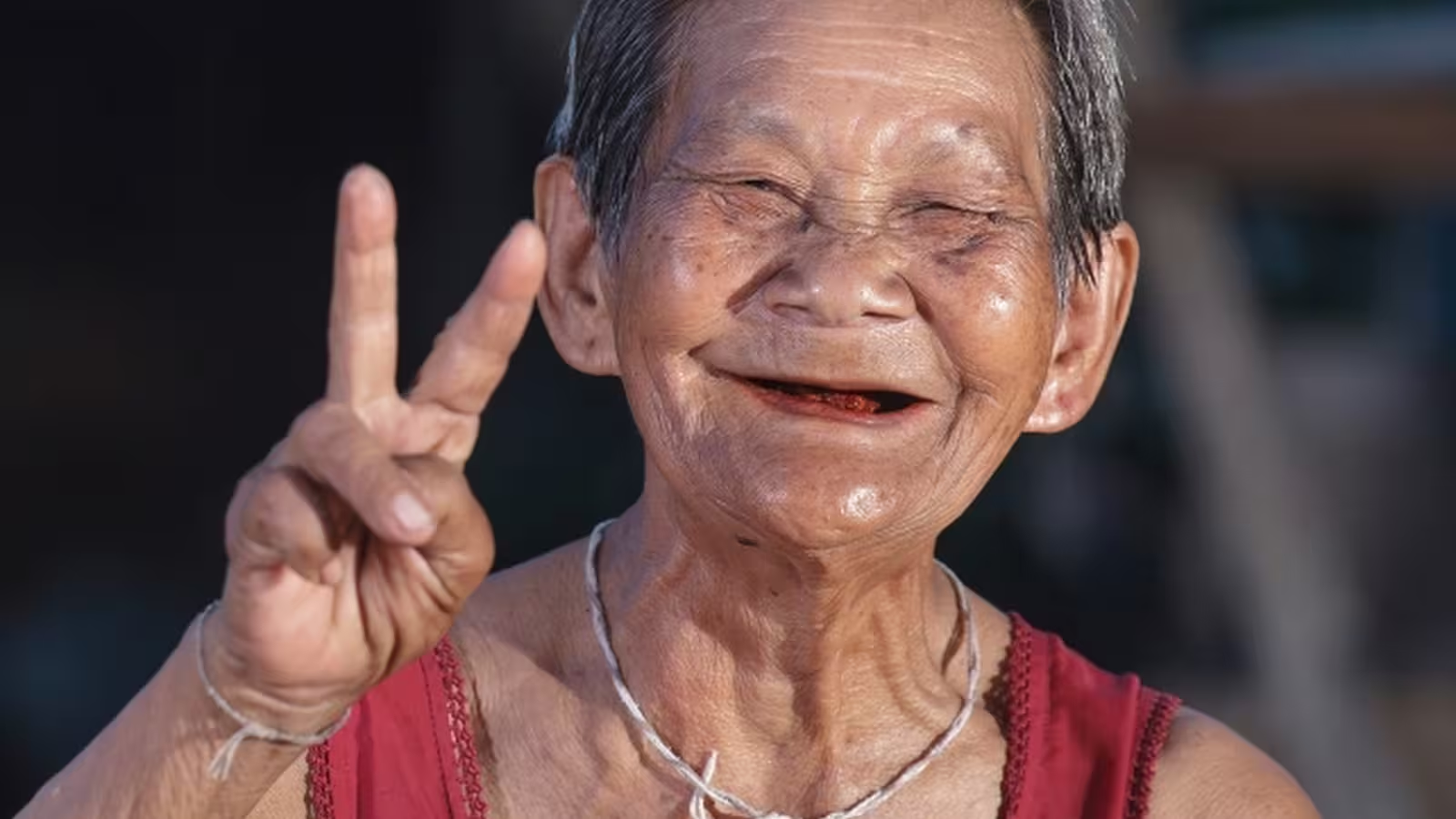6 Minutes
Rethinking the Biology of Aging: Does Inflammaging Affect Everyone?
For years, scientists have widely accepted the concept of "inflammaging"—the gradual, persistent increase of low-grade inflammation in the body—as a cornerstone of the aging process. This chronic inflammation is believed to underlie a range of age-related diseases, including heart disease, dementia, and diabetes. However, new global research published in Nature Aging fundamentally challenges the idea that rising inflammation with age is inevitable for all humans, suggesting that our modern lifestyle—rather than biology alone—may drive this phenomenon.
Scientific Background: The Role of Inflammaging and Chronic Diseases
"Inflammaging" is characterized by a persistent, low-level activation of the immune system as people grow older. Scientists have previously linked this ongoing immune response to deterioration of tissues and organs, helping explain the increased prevalence of cardiovascular disease, neurodegenerative disorders, and metabolic illnesses in the elderly. Key inflammatory markers, such as C-reactive protein (CRP) and tumor necrosis factor (TNF), serve as clinical indicators of this process.
Yet, most of our understanding comes from studies on populations living in high-income, urbanized countries with diets rich in calories, sedentary habits, and limited exposure to common infectious agents. Until now, it has remained unclear whether the inflammaging pattern extends beyond the borders of industrialized societies.
Groundbreaking Comparative Study: Four Communities, Different Lifestyles
The Nature Aging study aimed to probe this question by examining over 2,800 adults from four distinct populations: older adults in Italy and Singapore (representing industrialized societies) and the Tsimane of the Bolivian Amazon along with the Orang Asli of Malaysia (representing Indigenous, traditional-lifestyle communities).
Researchers collected and analyzed blood samples from these groups, measuring a broad panel of cytokines—proteins central to the body’s immune response. The goal was to see if the inflammation markers that so reliably rise with age in Westernized populations would follow the same pattern in communities living closer to ancestral lifestyles.
Key Findings: Inflammaging Not Observed in All Populations
The results were striking. In Italy and Singapore, researchers confirmed existing models: as individuals aged, levels of inflammatory biomarkers like CRP and TNF consistently increased, correlating with higher risks for chronic conditions such as kidney and heart disease.
In contrast, both the Tsimane and Orang Asli showed a different pattern. In these Indigenous groups, the hallmark inflammatory molecules did not steadily rise with age and were not robustly linked to age-related diseases. Notably, the Tsimane, who live with frequent exposure to parasites and pathogens and thus have generally higher baseline inflammation, exhibited very low rates of heart disease, dementia, and diabetes in old age—conditions prevalent in high-income societies with inflammaging.
These results suggest that chronic inflammation associated with aging may be largely absent in populations practicing traditional lifestyles, even when their exposure to infectious agents is significantly higher.

Implications: The Interplay of Lifestyle, Environment, and Human Evolution
This research points to a profound insight: the increased inflammation observed with age in developed nations could be more a consequence of lifestyle changes—high caloric intake, lack of physical activity, and insufficient immune challenges—than an inevitable product of our biology. In other words, many cases of chronic inflammation may reflect a mismatch between our evolutionary physiology and the modern environment.
Alternatively, it's possible that inflammaging manifests differently at levels not detectable by blood analysis—perhaps in tissues or at the cellular scale, requiring new biomarkers and advanced technologies to fully characterize.
Expert Perspective and Calls for Broader Research
The study’s authors emphasize that these findings highlight the critical need for inclusive, global aging research. Dr. X (lead author, institution), notes: "Much of what we know about aging biology comes from limited segments of humanity. Our study shows the variability and adaptability of human immune function—and reminds us to avoid overgeneralizing from industrialized populations."
They advocate for developing more nuanced diagnostic tools to detect chronic inflammation and for conducting more research in underrepresented communities, potentially unveiling protective factors against age-related diseases and revealing new targets for medicine.
Reassessing Interventions: One Size Does Not Fit All
If confirmed by further studies, these discoveries could reshape approaches to diagnosing, preventing, and treating diseases of aging. Tools and interventions—like anti-inflammatory drugs, dietary recommendations, and exercise guidelines—developed based on Western populations may not be universally applicable. Efforts to reduce inflammation with medication or lifestyle changes could be unnecessary, or even counterproductive, for those in traditional environments.
Moreover, the results reinforce the importance of context in medical research. Public health strategies and scientific conclusions drawn from wealthy, urban populations cannot simply be extrapolated globally. Precision medicine and personalized health practices must take ecological and cultural differences into account.
Conclusion
This study significantly advances our understanding of human aging by challenging the dogma of inflammaging as a universal biological process. Instead, chronic inflammation in older age may be, at least in part, a product of environmental and lifestyle choices unique to industrialized nations. Moving forward, the scientific community must expand its focus to encompass diverse ways of living—incorporating insights from both modern and traditional societies. Only then can we uncover the full spectrum of human aging, develop better biomarkers, and devise truly effective strategies to prevent age-related disease for all.



Comments